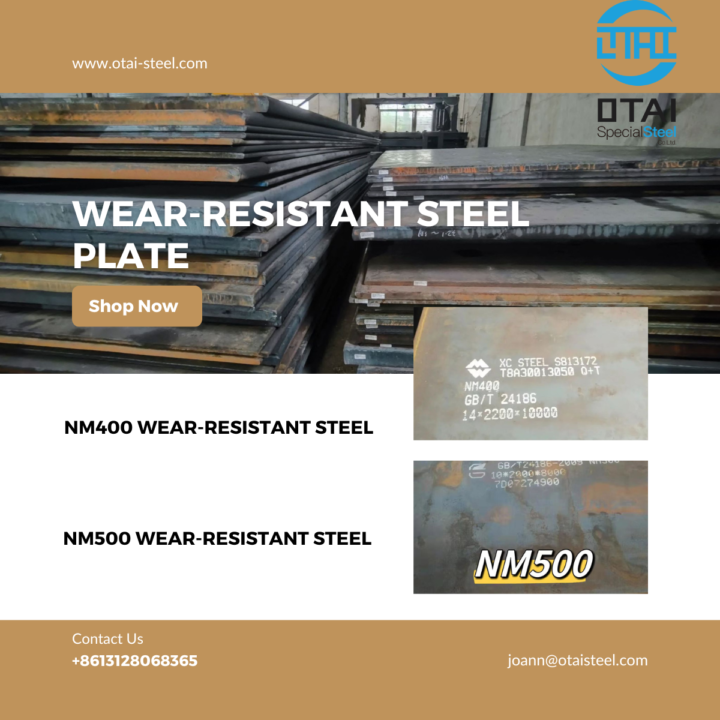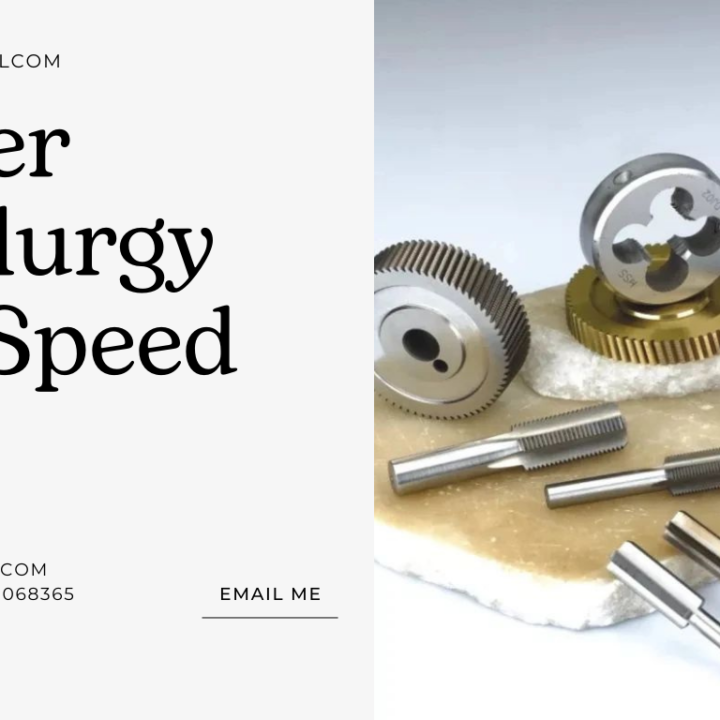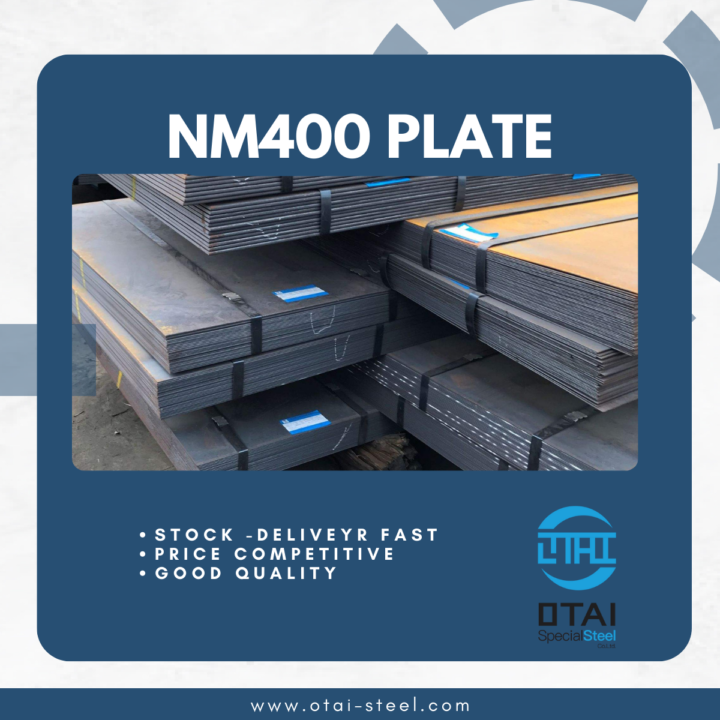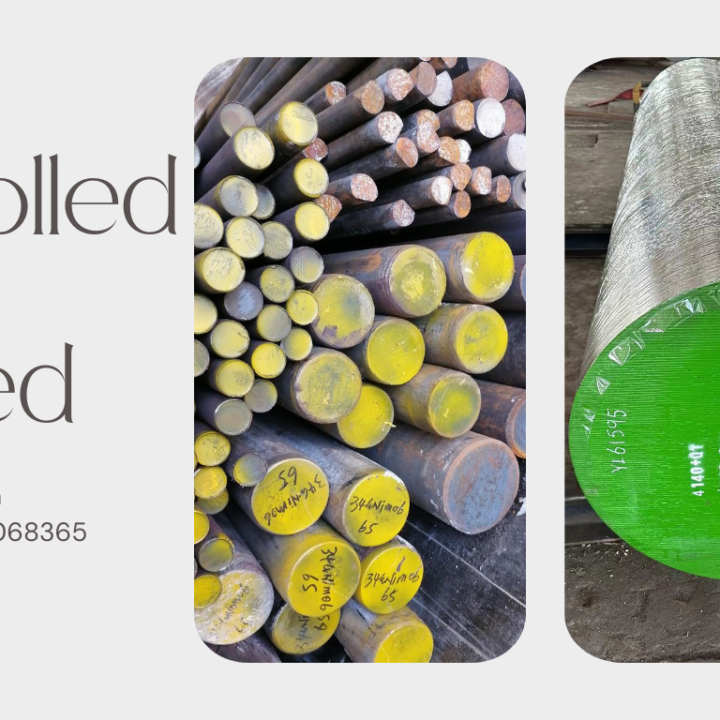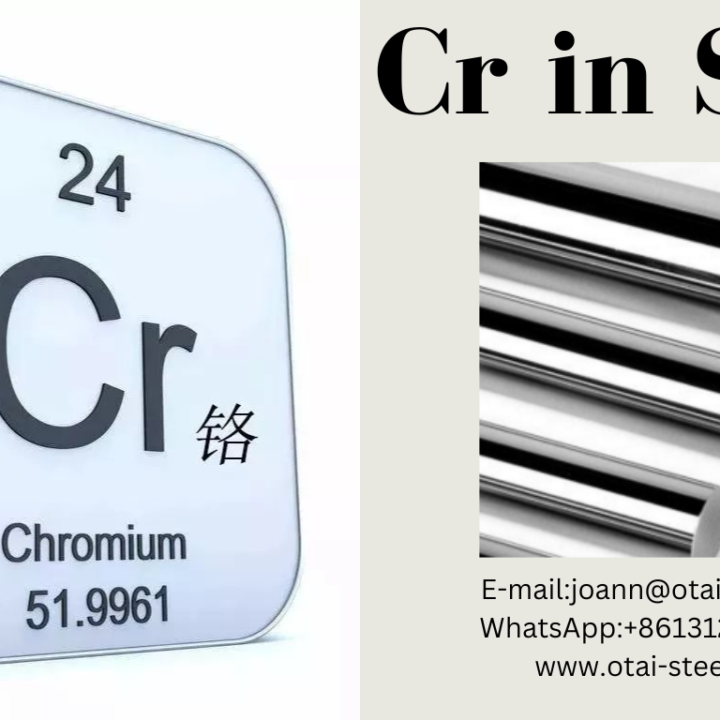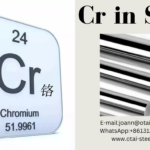We all know that in addition to iron and carbon, the main elements of steel include silicon, manganese, sulfur, phosphorus, etc. And Nickel(Ni) and steel have a good relationship when it express some specail properties .Nickel is one of the main elements that improves and enhances the properties of steel. So what is the main role of nickel in steel? This article details the relationship between Nickel(Ni) and steel.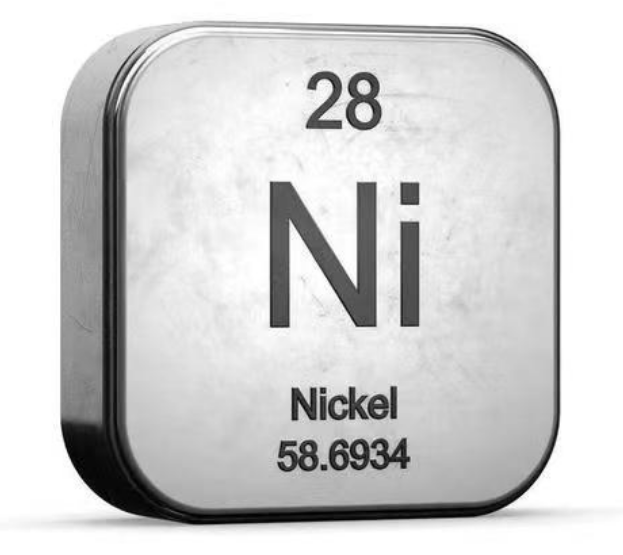
How does Ni affects the microstructure and heat treatment of steel ?
- Nickel and iron can form infinite solid solutions. Nickel expands the austenite zone of iron and is the main alloy element that forms and stabilizes austenite.
- Nickel and carbon do not form carbides.
- Reduce the critical transformation temperature, reduce the diffusion rate of various elements in steel, and improve hardenability.
- Reduce the carbon content of eutectoid pearlite, its effect is second only to nitrogen but stronger than manganese. It is about half as effective as manganese in reducing the martensitic transformation temperature.
The influence of nickel on the mechanical properties of steel
- Strengthen ferrite and refine and increase pearlite to improve the strength of steel and have little impact on the plasticity of steel.
- The carbon content of nickel-containing steel can be appropriately reduced, thus improving the toughness and plasticity.
- Improve the fatigue properties of steel and reduce the sensitivity of steel to notches.
- Since it is not very effective in improving the hardenability and tempering stability of steel, nickel is of little significance to quenched and tempered steel.
The influence of nickel on the physical, chemical and process properties of steel
- Greatly reduce the thermal conductivity and electrical conductivity of steel.
- Steel with a mass fraction of nickel less than 30% is paramagnetic (i.e. non-magnetic steel), and iron-nickel alloys with a mass fraction of nickel greater than 30% are important precision soft magnetic materials.
- Steel with a nickel mass fraction of 15%-20% or higher has high corrosion resistance to sulfuric acid and hydrochloric acid, but is not resistant to nitric acid corrosion. In summary, nickel-containing steel has certain corrosion resistance to acids, alkalis and the atmosphere.
- Austenitic electrodes should be used when welding steel with high nickel content to prevent the occurrence of cracks.
- Banded structure and white spot defects are prone to occur in nickel-containing steel, which should be prevented in the production process.
Application of Nickel in steel
- Pure nickel steel is only used when there are particularly high impact toughness or very low working temperature requirements.
- Nickel-chromium or nickel-chromium-molybdenum steel used in machinery manufacturing can obtain comprehensive mechanical properties with good strength and toughness after heat treatment. Nickel-containing steel is particularly suitable for parts that require surface carburization, as shown in the figure. a) Cam mechanism shaft b) Drive shaft

- Nickel is an austenitizing element in high-alloy austenitic stainless heat-resistant steel, which can provide good comprehensive properties. It is mainly Ni-Cr series steel ,also know as stainless steel, such as 304 stainless steel
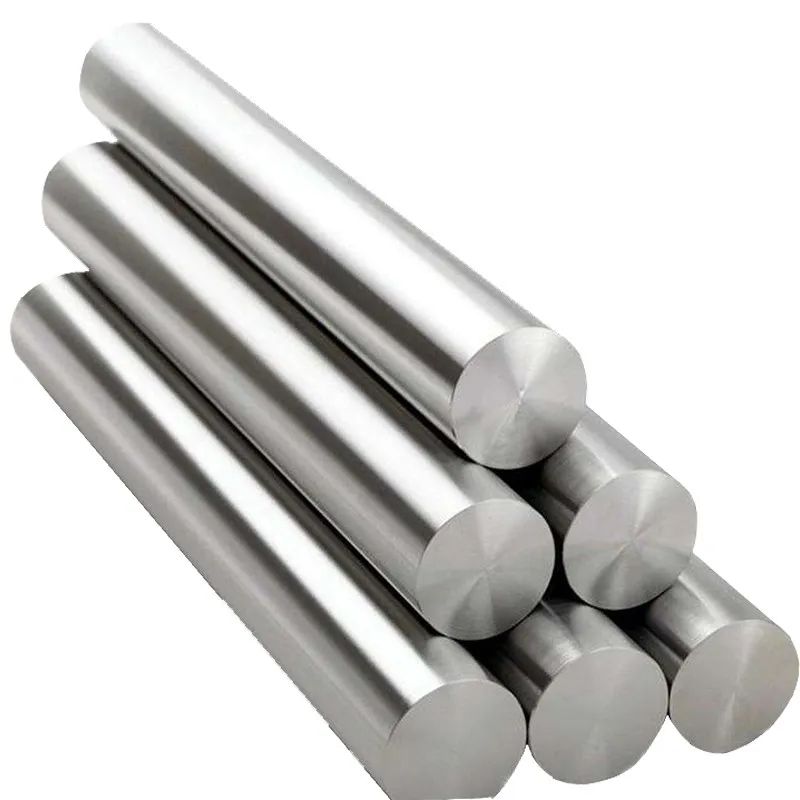
- Since nickel is relatively scarce and an important strategic material, it is relatively expensive. Therefore, it will be used unless it is impossible to meet the performance requirements with other alloy elements. If you are pursuing cost-effectiveness, you can choose the steel with nickel-free or with a less nickel content to instead.
In conclusion
1. Nickel strengthens steel, increasing strength without compromising plasticity.
2. Nickel boosts strength in low carbon steel without sacrificing toughness.
3. Nickel enhances steel strength with minimal impact on toughness and plasticity.
4. Nickel in medium carbon steel reduces pearlite, increasing strength or allowing carbon reduction to enhance toughness.
5. Nickel improves steel fatigue resistance and reduces notch sensitivity.
6. Nickel lowers low-temperature brittleness, enhancing steel toughness for cold applications.
7. High nickel content alters iron-nickel alloy expansion coefficients, useful for specialized materials.
8. Nickel in steel provides corrosion resistance to acids, alkalis, atmosphere, and salt, vital for stainless steel.
